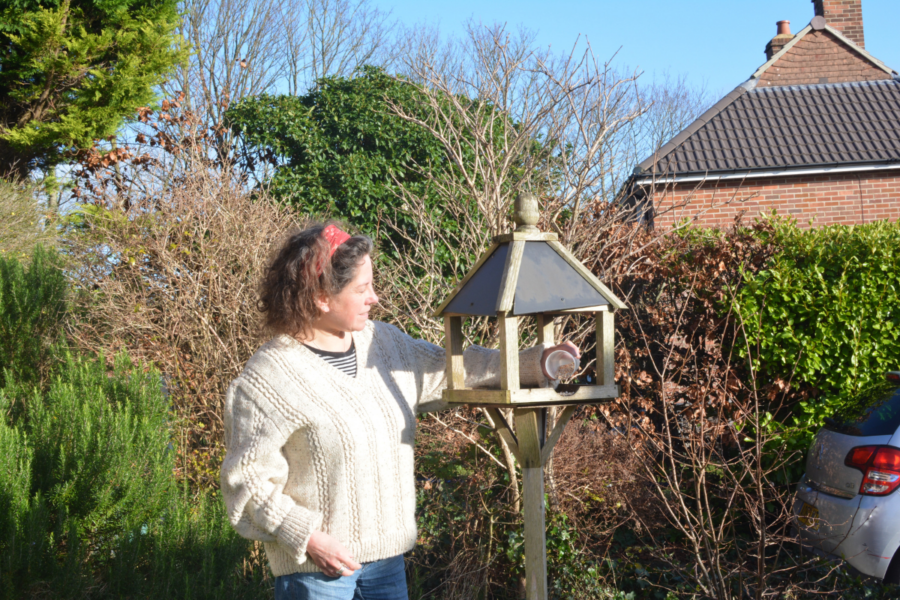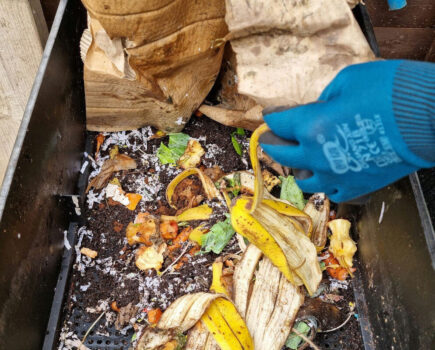Birds, hedgehogs and insects all need our help, says Ruth
With so much environmental doom and gloom swirling around, there is an extra special sweetness to any time and effort given to caring for wildlife in our gardens. As natural habitats shrink, gardens become increasingly important resources for insects, birds, amphibians and mammals and even the smallest thing can be of massive help to them.
As I write this, a pair of inquisitive blue tits are investigating the nest box attached to the house, and a pair of crows are foraging for the last rich scraps of some chopped up suet nuggets.
The crows – called Sheryl and Russell – nest in the pines behind the house and have been regulars for several years. Each summer they rear a chick and each autumn they chase it off and have the garden to themselves. They wait on the house roof for me to appear and swoop down for their food before I’ve gone back indoors. They also chase off the magpies that try to steal what they see as rightfully theirs, which helps the smaller birds that flock to our feeders.
I have been feeding the hedgehogs through the warmer spells (they sporadically emerge from hibernation to feed up when the temperature rises) and making sure there are dishes of clean water for them and the birds.
Below we share four handy tips from gardening charity Garden Organic showing you how easy it is to provide help and shelter for garden wildlife through the winter months.
Helping insects
Old stems make snug homes
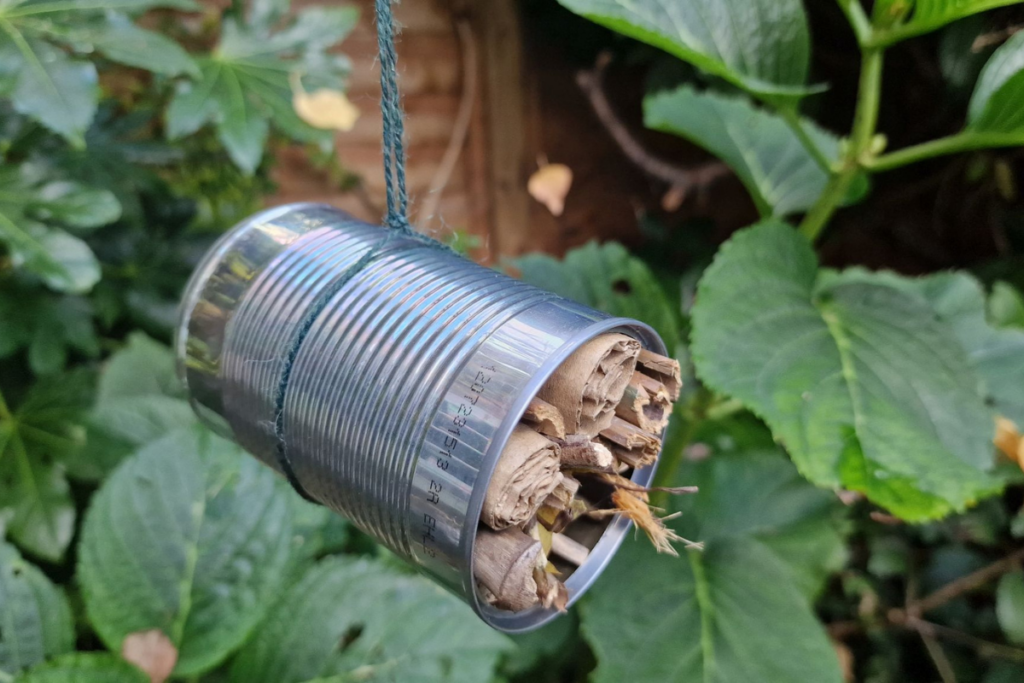
1. Stuff short lengths of bamboo canes, hollow stems, twigs and pine cones into a cleaned tin can and hang it somewhere sheltered so solitary bees, wasps, beetles and other insects can find shelter.
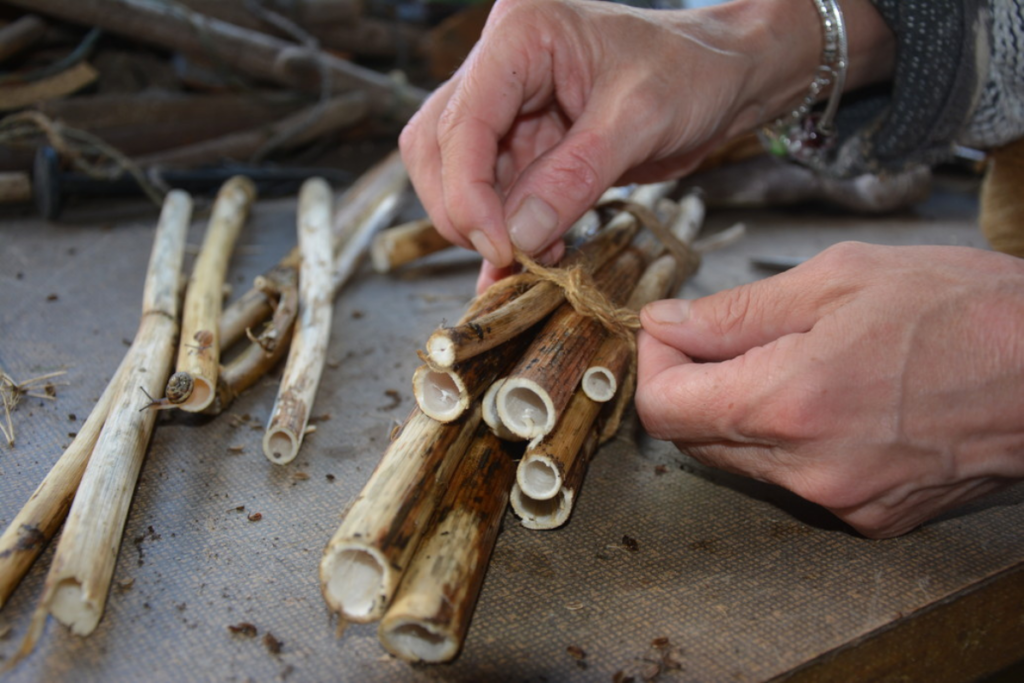
2. You can also tie hollow stems and canes together and insert them into bushes and among tree branches to provide an accessible winter hibernation home for insects and invertebrates.
Four easy ways to help garden wildlife
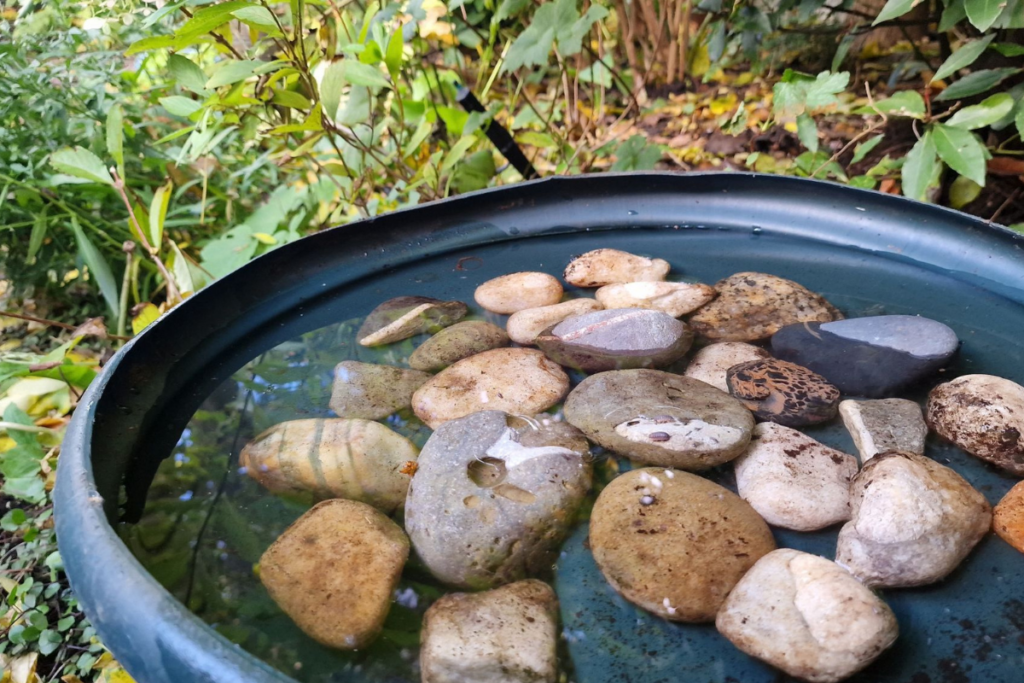
1. Even small water features are a great way of helping wildlife. An unturned bin lid of water with a layer of pebbles gives birds, hedgehogs and insects somewhere to splash and drink.
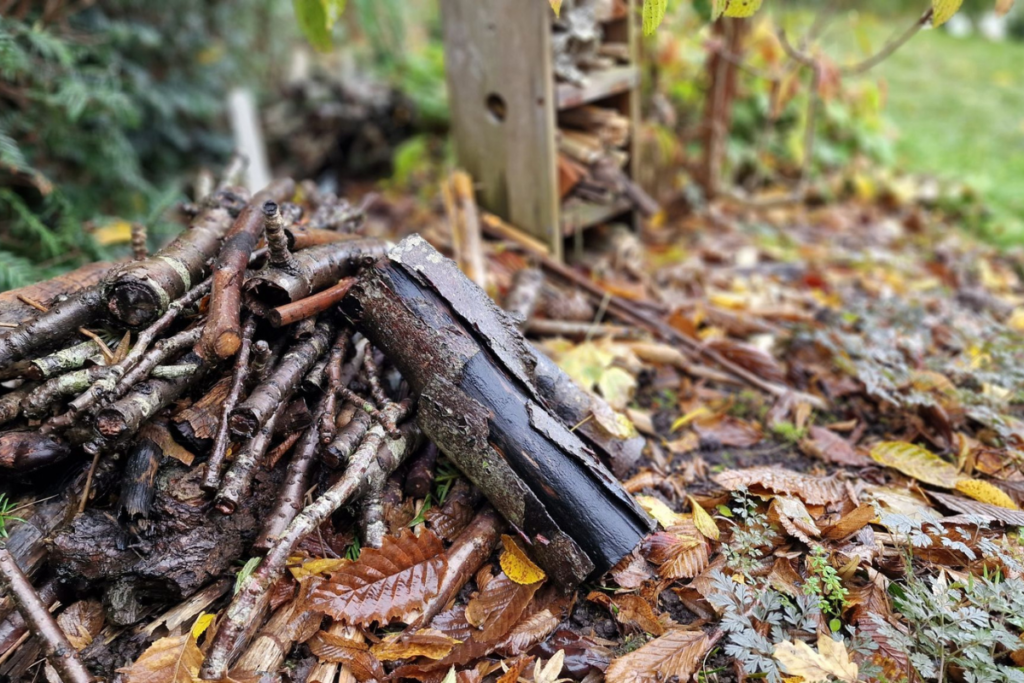
2. A jumbled pile of twigs and sticks, padded with moss and straw, will provide sanctuary for insects, amphibians and invertebrates and provide food for foraging birds and hedgehogs.
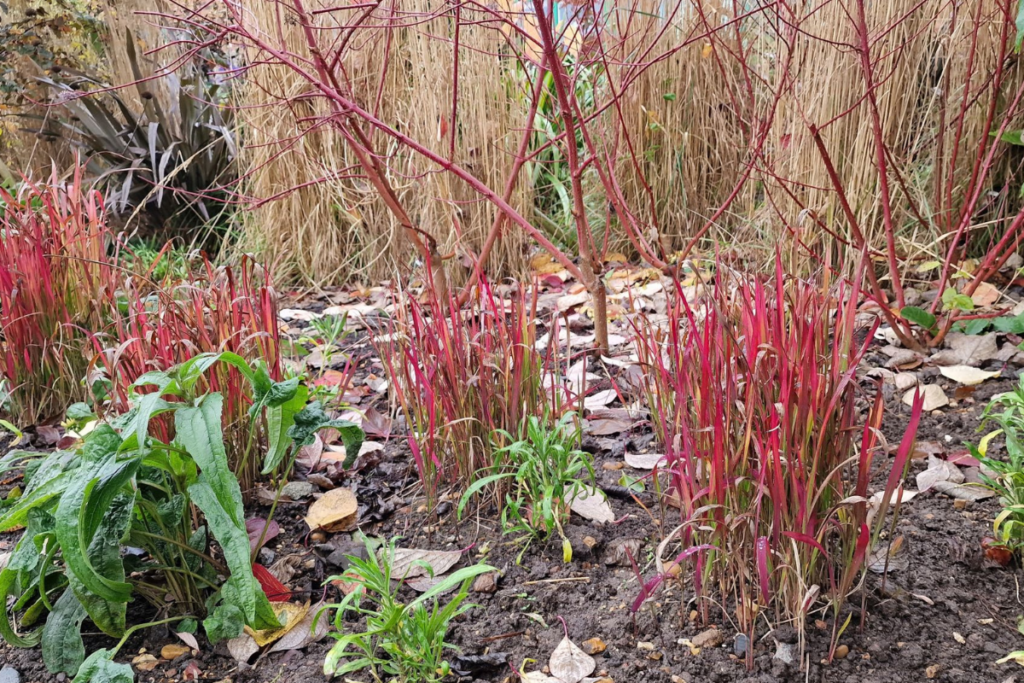
3. When pruning and cutting back, leave some stems standing. They will protect the crowns of the plants and also provide a refuge for overwintering insects.
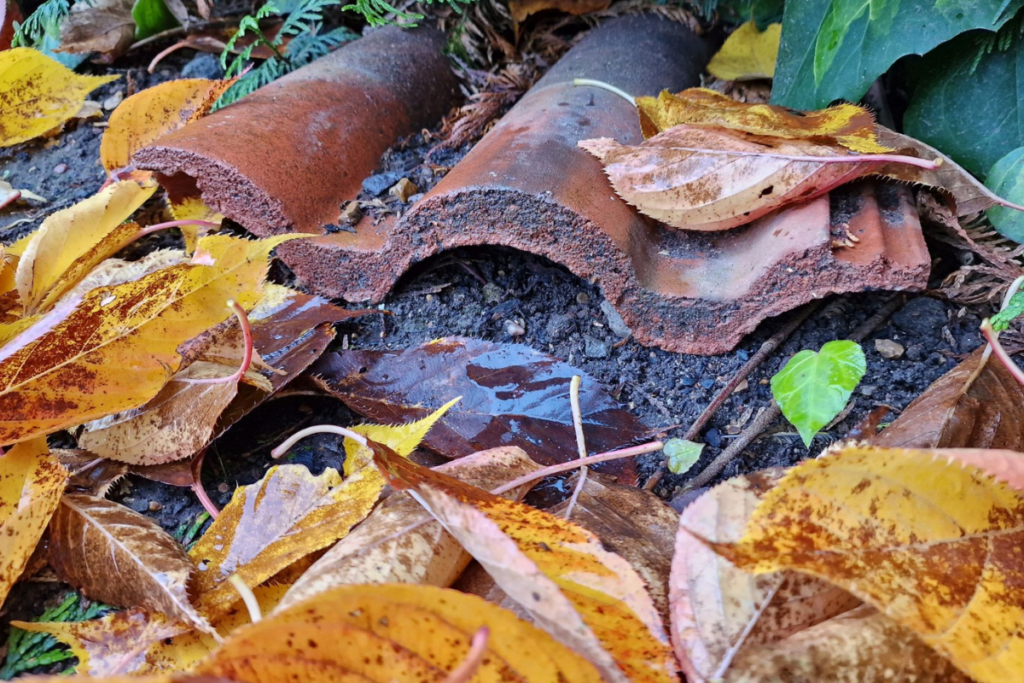
4. Old roof tiles and corrugated metal sheets make cosy homes for lizards, slow worms, grass snakes and other important pest predators.
Find more tips, advice and articles like this at the Amateur Gardening website. Subscribe to Amateur Gardening magazine now.

